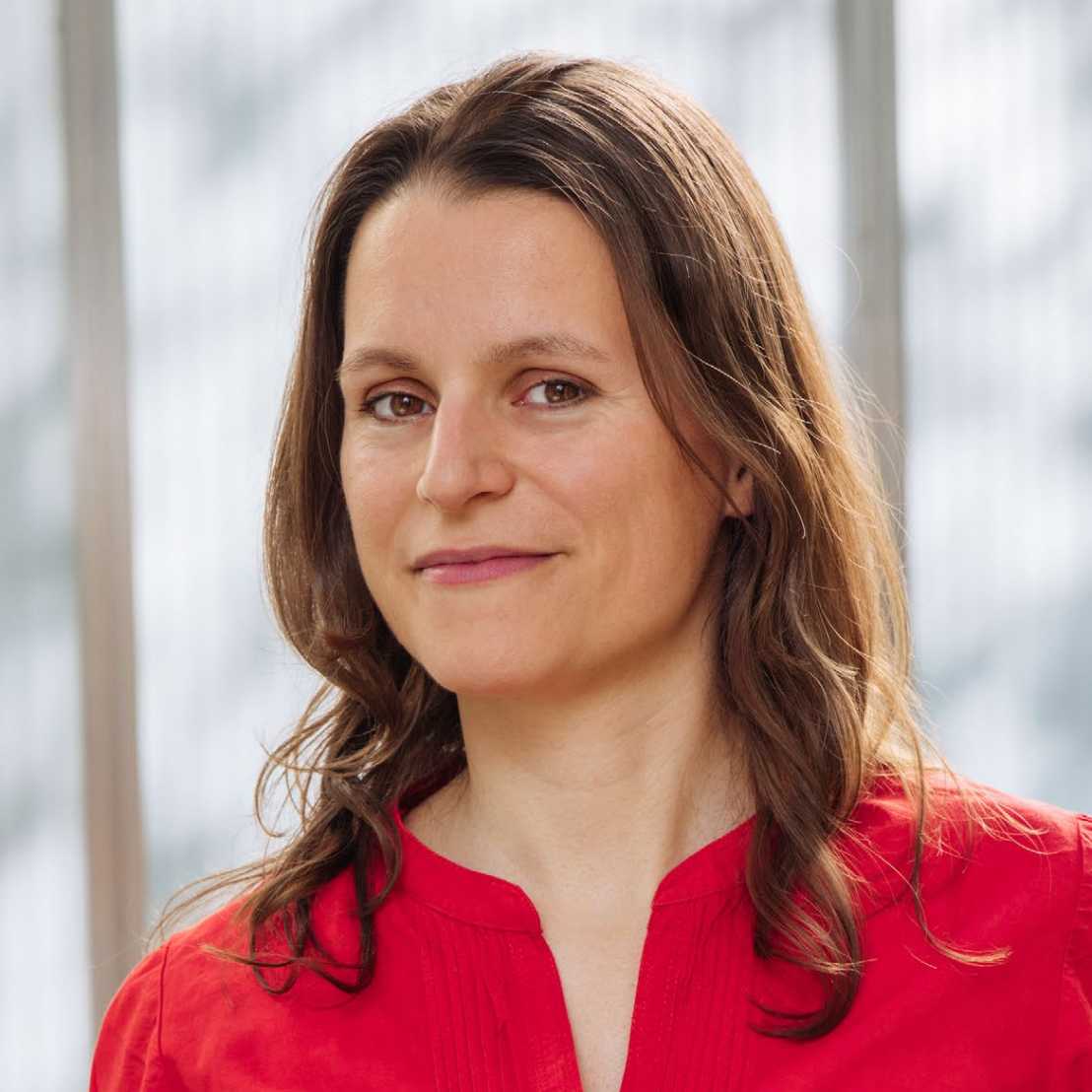Warming in the stratosphere leads to cold winters
In the first week of January, the Arctic stratosphere suddenly warmed up, an occurrence known as “sudden stratospheric warming” (SSW). This phenomenon results in cold winter weather, just the kind we are facing now – ETH researchers have visualised the event that was observed before the current one – in February 2018. Daniela Domeisen explains how this phenomenon occurs in an interview.

Finally, another winter that truly deserves its name. Is the current cold weather related to the phenomenon of the sudden stratospheric warming (SSW) that occurred in early January?
Daniela Domeisen: The cold and snow are simply due to the fact that it is winter. But while the current cold winter weather in Europe may not yet be related to the SSW, this event may be responsible for the cold to persist for several weeks to come.
How are you so sure?
Following a SSW event, northern Europe and Eurasia most often experience colder than normal temperatures, as was the case after last year’s occurrence, while it will be more rainy in Spain and the Mediterranean. Last year, the effect of the SSW was observed at the surface only ten days after the event in the stratosphere. This year, however, the development of our weather has been different and the influence from above has not yet fully reached the ground. It is therefore difficult to say at present whether the current cold is related to the SSW.

Most people are likely unfamiliar with sudden stratospheric warming as a trigger for cold weather. What's going on over our heads?
Every autumn, about 20 to 50 km above the Earth’s surface, a polar vortex forms in the stratosphere, circulating from west to east around the North Pole. The associated winds can be extremely fast, locally up to 300 km/h. If the stratosphere suddenly heats up – sometimes by up to 80°C – this circulation collapses. The strong winds reverse and the vortex then shifts away from the North Pole or breaks into two smaller vortices. The break-up that occurred in the winter of 2017/18 is visualised in our video.
How often do such events occur?
On average, six times per decade, but with large variability: in the 1990s, there were only two such events, but in the 2000s we saw nine. At the South Pole, only one has been observed so far – in 2002. This was surprising, as scientists had long assumed that SSW events do not occur there. Due to the event no ozone hole formed over the South Pole that year for the first time since the occurrence of the ozone hole.
How long does the disturbance of the polar vortex last?
In the upper stratosphere, it takes a few weeks for the two vortices to reunite. In the lower stratosphere, it may take several months, which is often the remainder of winter until the polar vortex breaks up for good every spring.
Does climate change increase the occurrence of these events?
This is currently unknown. We have only been aware of the phenomenon since the 1950s, so our observations cover only a few decades. This makes predictions of future SSW frequency challenging. In fact, we currently observe opposing tendencies: the stratosphere generally cools due to climate change. At the same time, Arctic sea ice is melting. This can affect how large-scale waves, which span the entire planet, move up into the stratosphere, where they can trigger SSW events. If wave propagation changes, SSW frequency may be affected. Some models say that SSWs are becoming more common, while other models predict fewer events. We do not currently have conclusive forecasts.
How do you know in advance if a SSW will take place?
We can estimate the probability of a SSW several weeks or even months in advance. Factors that facilitate stratospheric warming events include the El Niño phenomenon, which is associated with warmer ocean surface temperatures in the tropical Pacific. El Niño has been active this winter, suggesting a higher probability for a SSW event, and indeed it happened. I was hoping for a Christmas event, but so far, a SSW event has never happened around the holidays – that would be a nice Christmas present for us atmospheric dynamicists!
About Daniela Domeisen
Daniela Domeisen has been a Professor of Atmospheric Predictability at the Institute of Atmospheric and Climate Science at ETH Zurich since 2017.
Comments